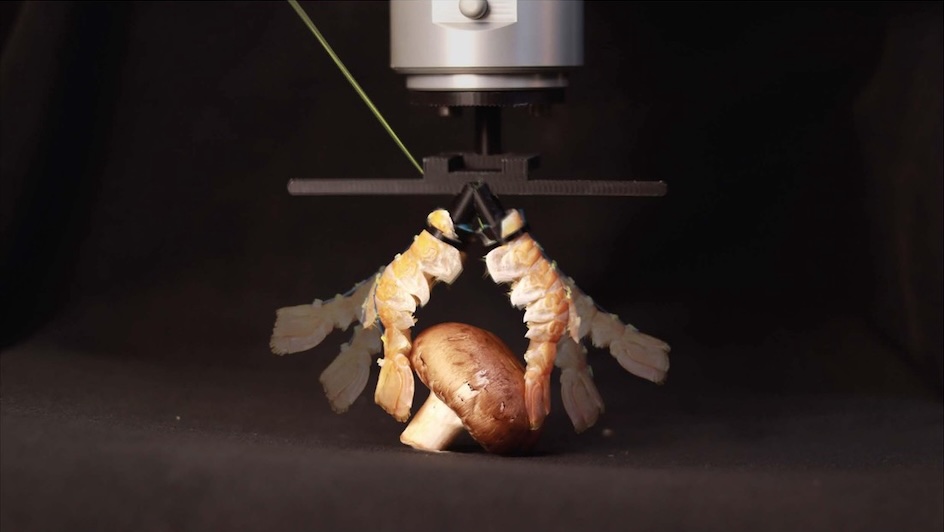#ThrowbackThursday – 10 August

From the mysterious death of an Egyptian queen to a shocking collision at the Summer Olympics, take a gander at these three events that went down in history on 10 August:
30 AD – The Curious Affair of Cleopatra’s Death
Over 1 990 years ago, one of Egypt’s most famous sovereigns is said to have taken her life on this day.
On 10 August 30 AD, when Roman General Octavian had successfully invaded Egypt, his men found the body of Cleopatra, who had ruled over the Ptolemaic Kingdom, in the mausoleum she had constructed for herself and her Roman lover, Mark Antony, a month before. She lay lifeless on a golden couch; the bodies of her two maidservants were also found at her side.
According to widespread reports at the time, Cleopatra had smuggled either an asp or an Egyptian cobra by way of a basket of figs into the mausoleum, where she had withdrawn once Octavian’s forces invaded the Egyptian capital of Alexandria. Following Antony’s own suicide nine days before, Cleopatra took the snake and it inflicted a venomous bite on her breast, which killed her instantly.
Poetic as it is iconic, modern historians disagree with this cause of death: for one thing, the bite would have prompted a much slower, more painful death for the monarch. For another thing, it didn’t explain how her maidservants also died.
Theories abound that the three women took their lives either by applying a toxic ointment to themselves, or by poisoning themselves with a herbal concoction containing hemlock and opium. Some say that Octavian – who had received a note from Cleopatra asking him to bury her beside Antony, prompting him to send his men to the mausoleum in the first place – had them killed.
Given that there were no eyewitnesses or other written accounts, it’s difficult to pin down the exact cause of death. Whatever the case may be, Cleopatra cemented herself a place not only in Egyptian history, but in world history, too.
1950 – “Alright, Mr DeMille, I’m Ready for My Close-Up”
That iconic quote comes from “Sunset Boulevard”, which made its theatrical debut at the Radio City Music Hall in New York City, New York.
Directed by Billy Wilder, “Sunset Boulevard” is a Hollywood classic: it tells the story of Norma Desmond (played by Gloria Swanson), a once-famous Silent film star whose star has faded into obscurity. In her delusional quest to make a successful comeback, she falls in love with a struggling script writer named Joe (played by William Holden); however, her descent into madness leads her to kill Joe and, eventually, to her arrest.
Doubtlessly, first-time viewers were captivated by Swanson’s performance, particularly in the last two minutes when her character glides down the suitcase like royalty, blissfully passing by the reporters and police officers as if they were mere props, and then giddily gives a speech about how happy she is to be returning to the limelight before declaring to the director, “Alright, Mr DeMille, I’m ready for my close-up”, while slinking towards the camera as the scene fades to black.
Indeed, a 1950 review from “The Hollywood Reporter” praised Swanson – who, like Desmond, was renowned for her Silent pictures – for her vivid portrayal.
“Parts like this come once in a lifetime; personalities like Gloria Swanson come once in a generation,” the review reads. “The lovely beauty of the silent screen becomes now a distinguished and important actress of the ‘talkies.’ The Medea-like posturing, the dry wit, the frantic moments of remembrance of glories past, the terrible awakening to truth – all are beautifully modulated and superbly directed toward Miss Swanson’s finale tour de force her ending as a woman hopelessly insane.”
“Sunset Boulevard” was nominated for 11 Academy Awards, including Best Actress for Swanson, Best Actor for Holden and Best Director for Wilder. Ultimately, it won for Best Story and Screenplay, Best Art Direction and Best Scoring – since its premiere, it also won its title as one of best Hollywood films to have been created.
1984 – Collision Course
What was supposed to be a historical moment at the 1984 Los Angeles Summer Olympics turned into an infamous shocker when Mary Decker and Zola Budd collided during the women’s 3 000 metres run.
Leading up the contest, American middle distance runner Mary Decker was pegged as the favourite to take home the gold medal. Simultaneously, the public eye was on 18-year-old South African runner, Zola Budd, who notably ran barefoot in her races (and, in this race, represented Great Britain, as South Africa was banned from competing in the Olympics at the time due to their Apartheid regime).
In the final lap, Decker was in the lead, although she crowded then-second place Budd (who was then in second place) to prevent her from moving forward. That’s when the two runners collided and Decker fell to the ground, injuring her hip.
Photographer David Burnett, who shot the now-famous photos of the collision, explain what he saw in a 2020 article:
“Zola had cut into the lead, just ahead of Mary. Their feet collided and Decker lost her balance, careening onto the infield grass. Because of the flickering in my camera, I couldn’t really see what had happened, only that there was a patch of red (Mary’s outfit) moving into a place it shouldn’t have been. In that moment of happenstance, I … framed Mary on the ground as she lay in anguish looking down the track at the sight of her competition disappearing into the distance.”
The race was won by Romanian runner Maricica Puică; Budd, who was met with widespread boos from the spectators, trailed behind in seventh place.
Initially, Budd was disqualified for bumping Decker, who blamed her for the collision; however, track officials revoked it once they reviewed the footage, as it appeared that Decker’s shoe collided with the back of Budd’s leg, causing the former to trip the latter.
Since then, neither athlete – who became friends years afterwards – believe it was the other’s fault, although they can agree it was not their finest moment.





















